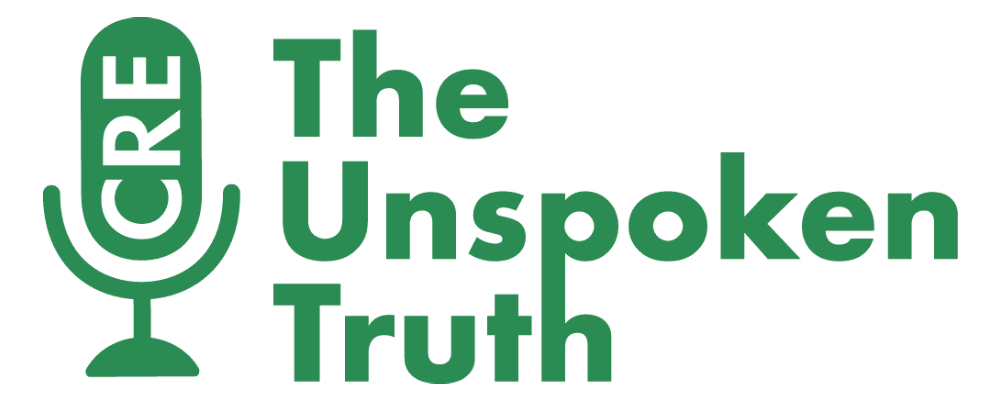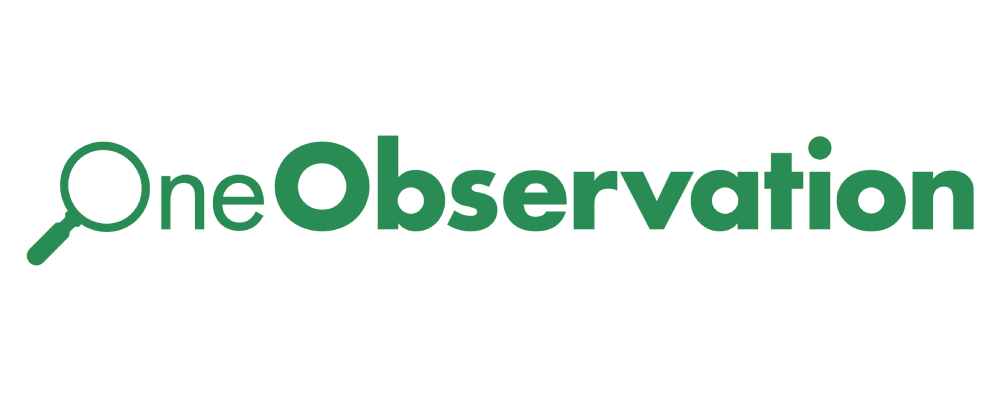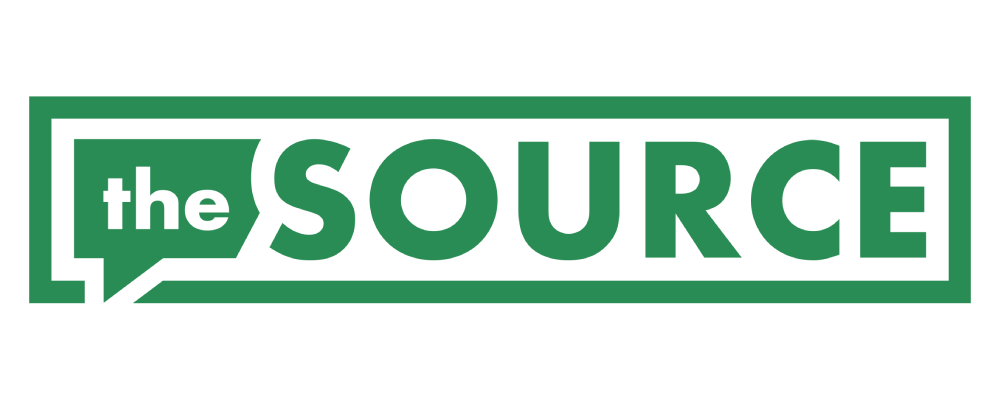Have you ever had trouble getting employees to adopt new technologies? So have many others, for various reasons. Below is an article outlining the different reasons employees are reluctant to adopt new tech, as well as a few strategies to change their minds. Technology is not going anywhere, and it’s important to get employees on board with the change.
Ideally, your company should be near 100% on the technology adoption curve. A few ways to get there are:
- Clearly communicate the change and its benefits to employees
- Ask employees about their needs
- Consider the user experience for new solutions
- Take change management one step at a time
- Provide world-class IT support to your employees
At OneSource, we provide hands-on training for all employees and have our Customer Success team available to troubleshoot problems at any time. If you are interested, please read more below.
Charlie Coppola
5 WAYS TO IMPROVE TECHNOLOGY ADOPTION IN YOUR ORGANIZATION
IT Services Software
Change is an inevitability in business. Eventually, an organization will reach a point where they need to make changes to gain a competitive advantage or at least avoid falling behind. This is especially true of the technology an organization uses.
However, not everyone in an organization is ready for large changes. These employees may resist change to the workflows and tools they’re used to.
This can negatively affect technology adoption rates in the business—negating some of the benefits of adopting new technology solutions in the first place.
Why does technology adoption matter for a business? Why do some employees resist technology changes? How can you apply change management best practices to improve your company’s technology adoption curve?
WHY TECHNOLOGY ADOPTION MATTERS
Why should any organization care about the rate at which employees adopt new technology solutions (i.e. their technology adoption curve)? Some potential reasons include:
- Ensuring That IT Resources Are Consistent Across the Whole Organization. If Team A and Team B need to collaborate on a major project, but both teams use different communication tools and different software programs, how well will they work together, really? Differences in solutions used across the organization can lead to delays, miscommunications, and dramatic drops in productivity as differing processes clash.
- Improving Organizational Efficiency. Technology solutions can have a major impact on the efficiency of different business processes. However, to achieve the best results, people in the organization need to actually use the new technology. Change resistance and low adoption rates mean missing out on the benefits of new tech investments.
- Avoiding Cybersecurity Risks. If there are employees using an older and less secure version of a software program, that could be a major security risk. Obsolete or unsupported software systems can be an easy attack vector for malicious actors who want to cause damage or steal sensitive information. Uniformity helps to minimize the risk of major security gaps.
- Preventing Data Loss in Workflows. If employee A is using a computer with one popular operating system (OS) and employee B is using a computer with a completely different, incompatible OS, how much data could be “lost in translation” from one system to the other? Because different platforms and OSs may have different data filing and encoding standards, there could be data loss when moving from one to the other. Having everyone on the same technology solutions helps to minimize that risk.
Long story short: if you want to get the most out of your technology investments, you need to improve technology adoption rates in your organization.
WHAT IS CHANGE RESISTANCE?
Change resistance is the business term for when employees refuse to use a new practice, process, or technology in the business.
Because people resist change, business initiatives might get delayed—put on the proverbial back burner as the organization struggles to get everyone on the same page. This impairs the ROI for new technologies and can make the business fall behind schedule on meeting key organizational objectives.
WHAT’S A TECHNOLOGY ADOPTION CURVE?
Your “technology adoption curve” is the rate at which employees adopt new technology. Ideally, this number should be at (or close to) 100%. However, even with the best change management strategies, this isn’t always the case.
5 REASONS EMPLOYEES RESIST TECHNOLOGY CHANGE
There are many reasons why an employee might not wish to use a new technology solution and will resist change. Some of the potential reasons include:
1. THEY PREFER THE OLD SYSTEM
If an employee has been doing the same thing in the same way for a long time, they’re probably very used to it. If an employee who is comfortable with doing things one way is suddenly told to follow a drastically different workflow, they find it difficult to change and still be efficient.
After trying out the new system, the employee may notice that they aren’t really as fast as they were with the old one. In many cases, this is simply because it takes extra time to complete a task for the first time.
Or, the employee may have features in the old system that they liked and don’t see those features in the new one. Or, they may have different keyboard shortcuts—like going from command-k to add a hyperlink to having to hit command-shift-u to do the same task in a different software program. These differences can be annoying to the point that employees actively try to avoid the new solution.
2. FEAR OF JOB LOSS
A lot of employees worry that technology (especially automation solutions) will make their jobs redundant and lead to them losing their jobs. In fact, HCM software provider Paycor cited job loss as one of their top reasons employees resist change.
Employees may try to actively resist the implementation of technology that they worry may lead to layoffs.
3. LACK OF TRANSITION SUPPORT IN THE CHANGE MANAGEMENT PLAN
Regardless of how user-friendly a solution might be, people won’t just be able to pick it up immediately after first seeing it. If you want people to know how to use a new solution and plan on them adopting it quickly, then they’ll need some time and support to acclimate to it.
Here’s a relevant quote from People HR, “if you just announce ‘hey, this is new – good luck’, and then throw employees in at the deep end? Don’t be surprised if they struggle to tread water.”
A lack of support for the new tech might make it seem less useful and user-friendly than it actually is—driving employees to go back to the solutions they know and can use.
4. BAD TIMING/TOO MANY CHANGES AT ONCE
Even if employees are normally ready for IT changes in the organization, there may be situations where they’re less ready to accept or adapt to change—causing the adoption curve to flatten out.
For example, when an organization makes numerous major changes to their technology and processes all at once, it can overwhelm the employees’ ability to adapt. If a business changes its workflow management system, communication solutions, policies for submitting work documents, and job definitions and responsibilities all in the same week, it’s almost guaranteed that some employees won’t be able to adapt.
5. POOR COMMUNICATION OF CHANGES
If a company changes its primary workflows using new technologies and doesn’t tell its employees, will it make a difference? In some cases, employees may not resist a change so much as they miss that the change occurred in the first place. If there’s only a single email or internal memo telling employees about the technology change, some employees may miss it and fail to “adopt” it simply because they don’t know about it.
On the other hand, a business could also fail to communicate the positive aspects of the change or how the new technology solution works—leading to frustration or confusion since employees don’t understand the change or how it benefits them.
5 WAYS TO IMPROVE YOUR ORGANIZATION’S TECHNOLOGY ADOPTION CURVE
So, how can you overcome change resistance and improve your organization’s technology adoption curve? While there is no perfect formula for getting absolutely every employee to accept change, following a few change management best practices can help.
1. CLEARLY COMMUNICATE THE CHANGE AND ITS BENEFITS TO EMPLOYEES
Unexpected changes can be massively disruptive. If employees don’t know what is changing and why, they’re more likely to resist that change. The Society for Human Resource Management (SHRM) notes that it’s important to: “Communicate how the new technology will make employees’ jobs simpler and their work better.”
For example, you could reach out to employees via meetings, phone calls, or email to outline what changes you’re preparing to make. Then, you can highlight how those changes will impact their work. Focus on the benefits—such as how they’ll save time or not have to manually do certain tasks.
By reaching out to employees proactively to inform them about upcoming changes to the tech they use, you can make the transition easier for them. Inc. also notes the importance of transparency for motivating employees. Being transparent and open helps set employees at ease so they can see the benefits of the new tech rather than focusing on potential negatives.
2. ASK EMPLOYEES ABOUT THEIR NEEDS
Before adding a fancy new technology tool, it’s important to verify that it answers some kind of need that employees have. So, as SHRM notes, it can help to: “Ask employees what they need as well as what challenges they’re having with the current technology.”
Collecting employee feedback about the issues they have with their current technology can help reduce change resistance by demonstrating that you’re taking employee needs into account. Also, if you add new technologies that address specific employee complaints, then employees may be more enthusiastic about adopting that new tech—and may work to get their coworkers using the new solution as well.
3. CONSIDER THE USER EXPERIENCE FOR NEW SOLUTIONS
User experience (UX) can have a massive impact on your company’s technology adoption curve. If a new enterprise application is too clunky to use, then people aren’t likely to want to use it. This can make it harder to convince employees to adopt the solution—leading to a lower technology adoption rate.
So, when picking (or building) a new technology solution, it’s important to take a look at the technology’s interface, how it slots into existing business workflows, and even how employees log into the solution.
A well-crafted user experience can make it easier for employees to adopt a new solution by removing the little annoyances that waste employees’ time. If the new solution’s UX is better than that of the old system, employees are more likely to adopt it.
4. TAKE CHANGE MANAGEMENT ONE STEP AT A TIME
While changing quickly is important for keeping ahead of the competition, too much change too quickly can be massively disruptive to employees. This may prevent them from keeping up with changes and becoming frustrated.
So, it’s important to maintain a reasonable schedule for change management to avoid overloading employees. While adopting some technologies may necessitate major changes to how people work (such as adopting a new technology platform entirely), it can help to give employees a break between changes.
Spacing out major changes gives you a chance to acclimate employees to each change, conduct some training, and verify that they have the skills or knowledge needed to put the new tech to use before moving on to the next one.
5. PROVIDE WORLD-CLASS IT SUPPORT TO YOUR EMPLOYEES
Even with the best-laid change management plans, odds are that someone will eventually run into issues with the new tech solution. So, it’s important to provide best-in-class IT support to your employees after implementing new technology.
With the right support system in place, you can help employees quickly resolve any issues they run into when using a new tech solution. This, in turn, can help alleviate employee frustrations with the new system and improve your technology adoption rate.









